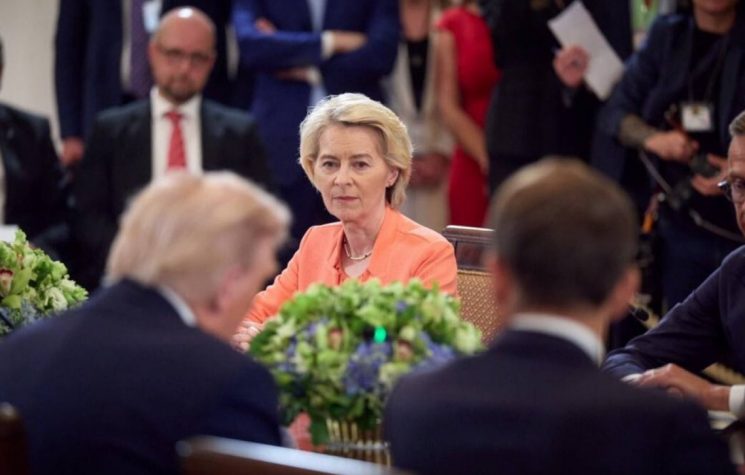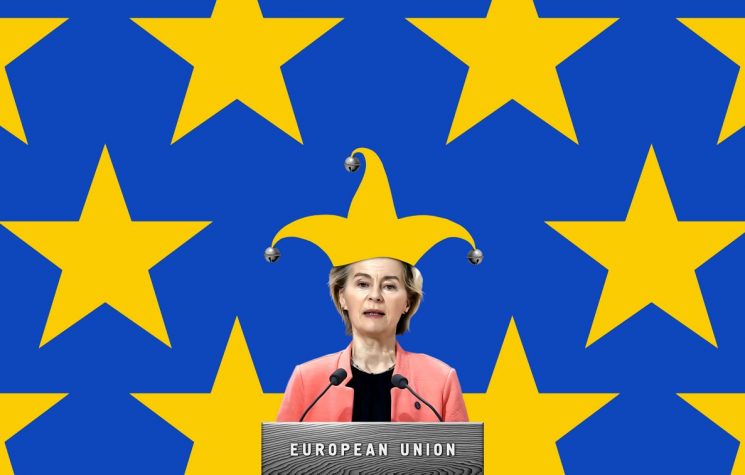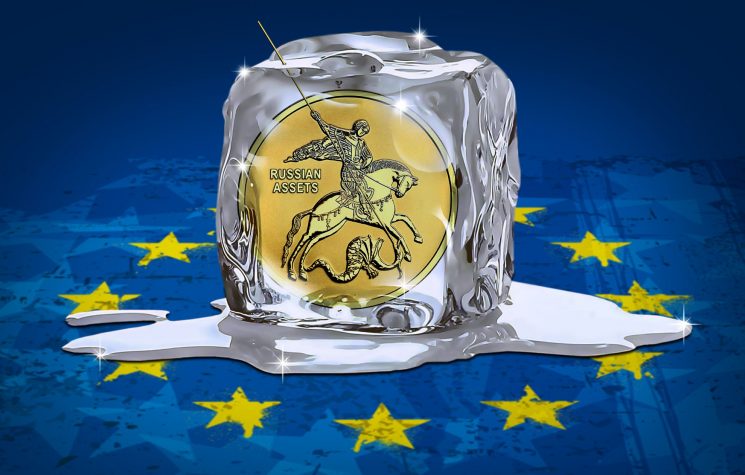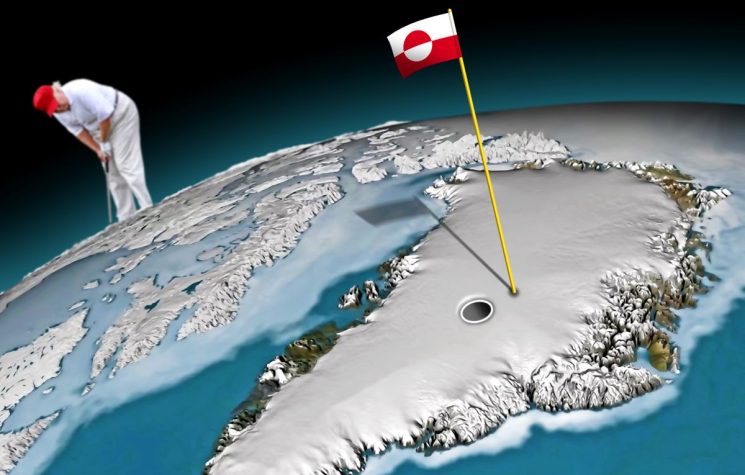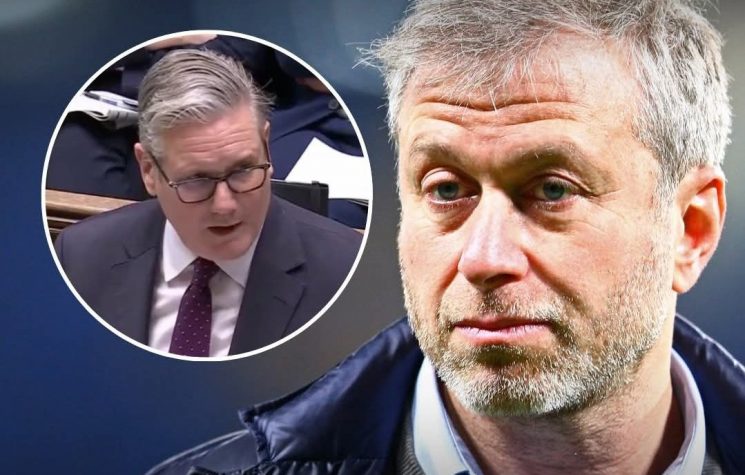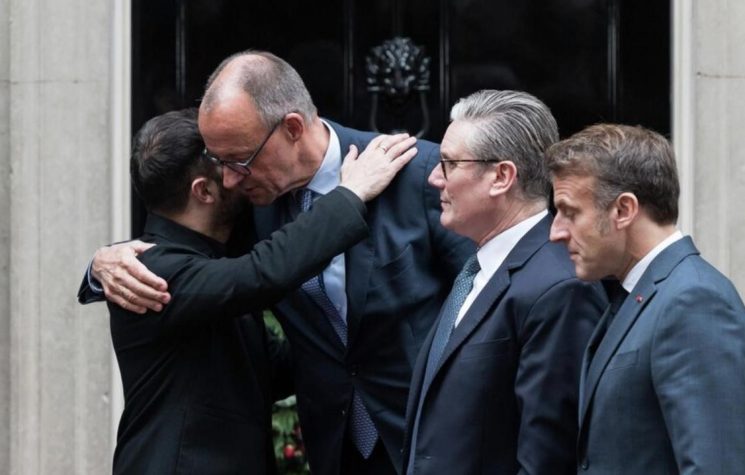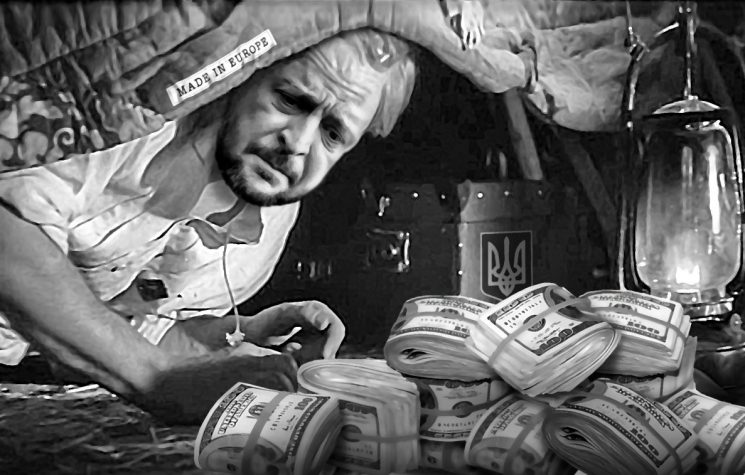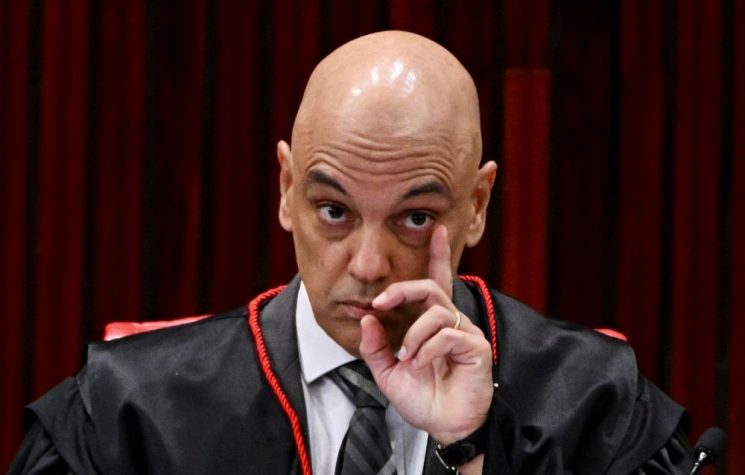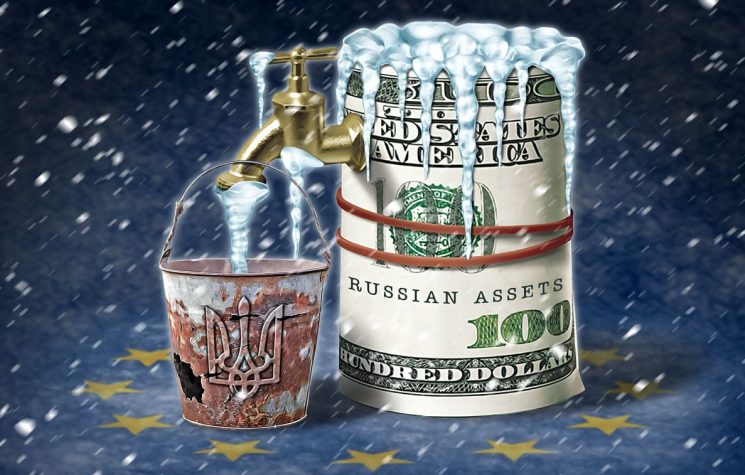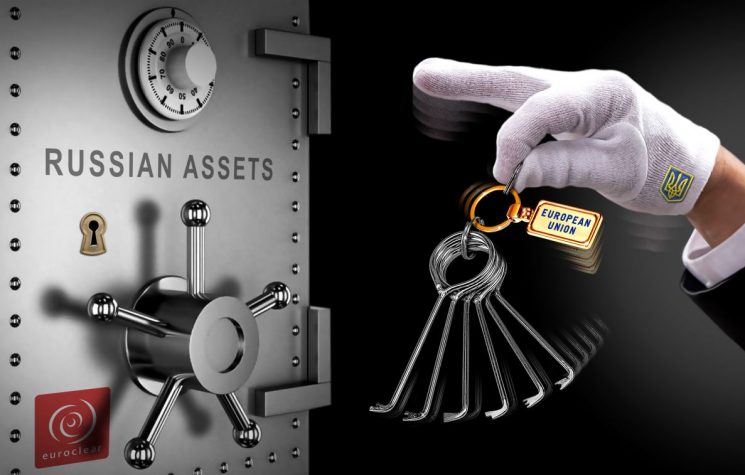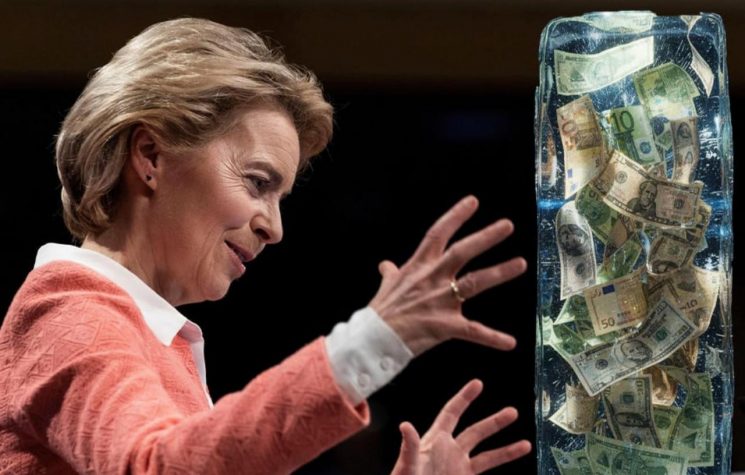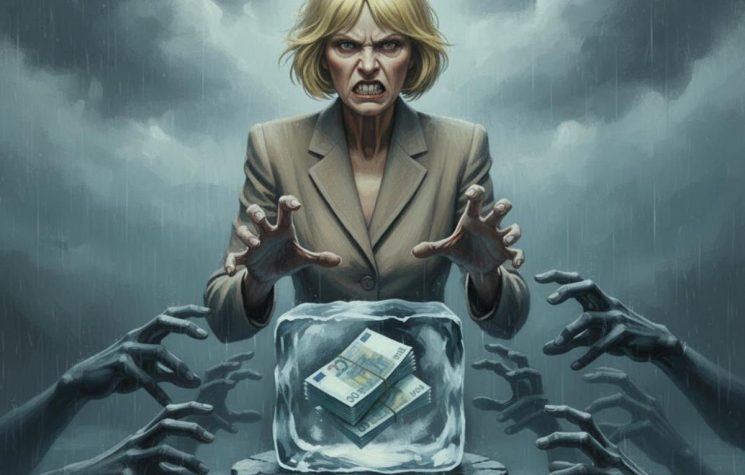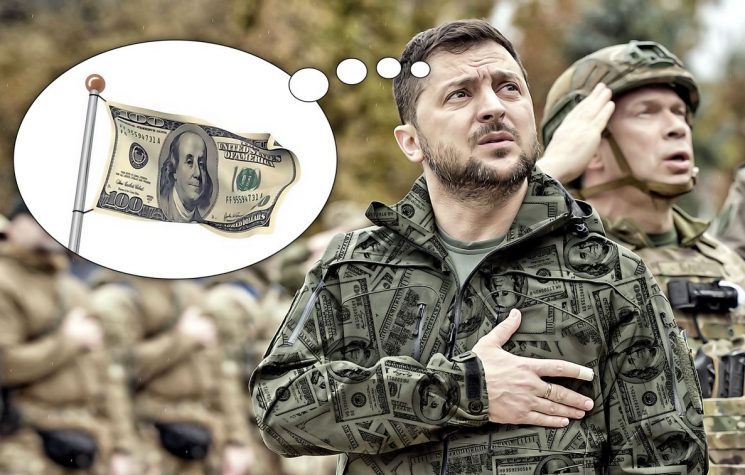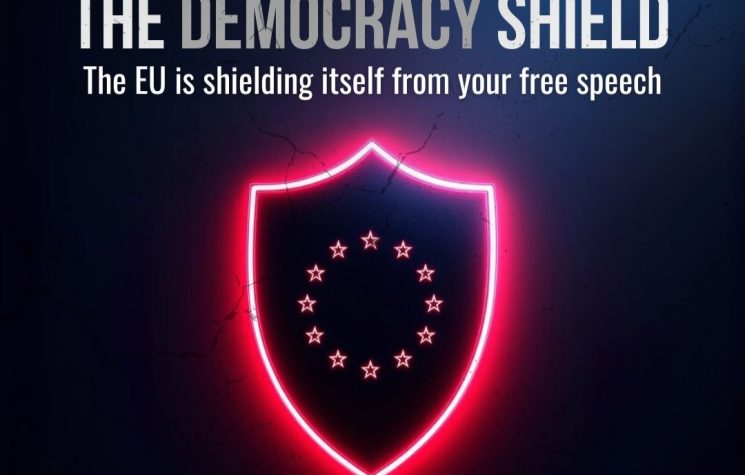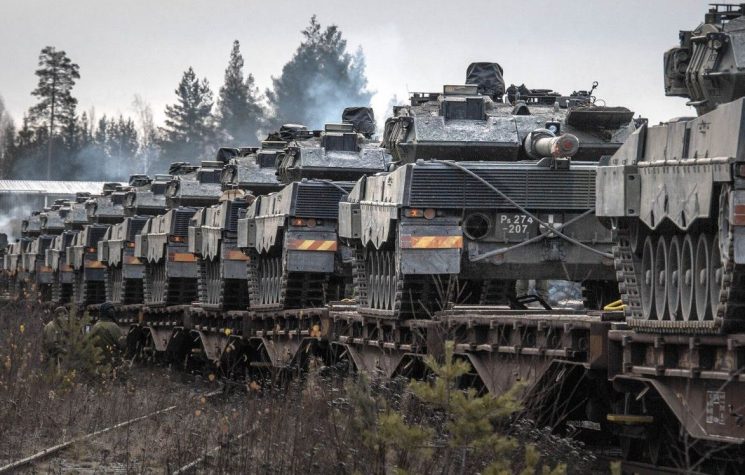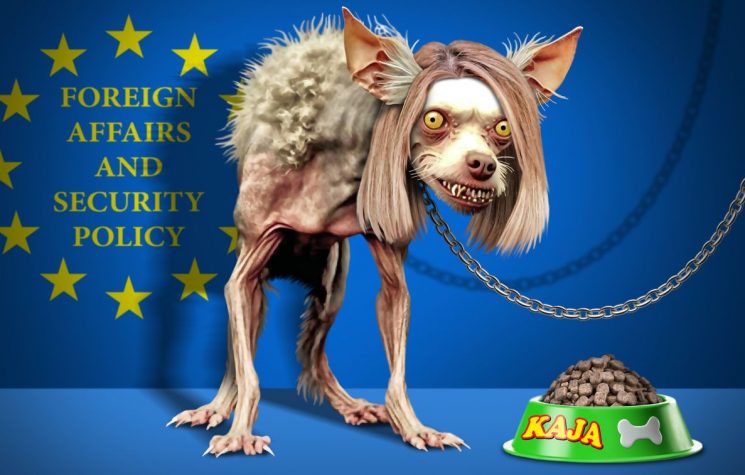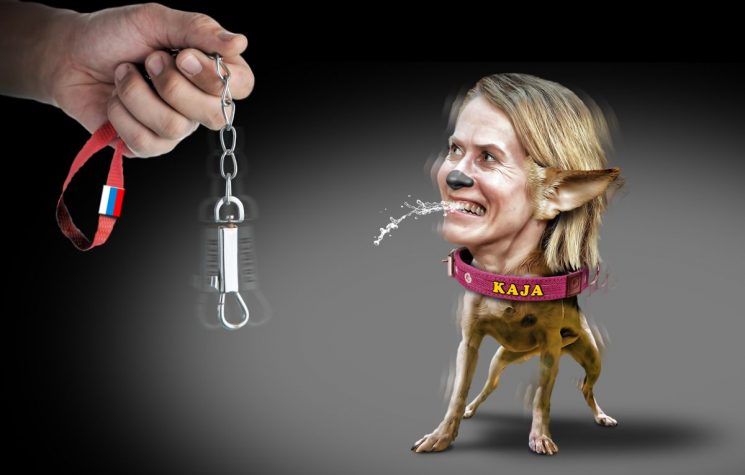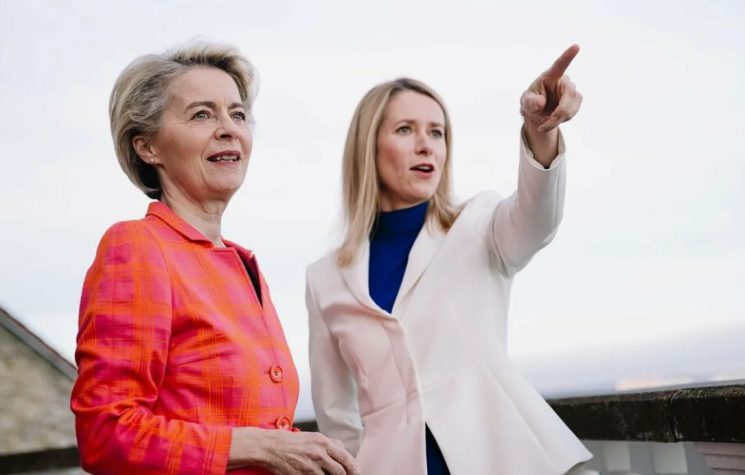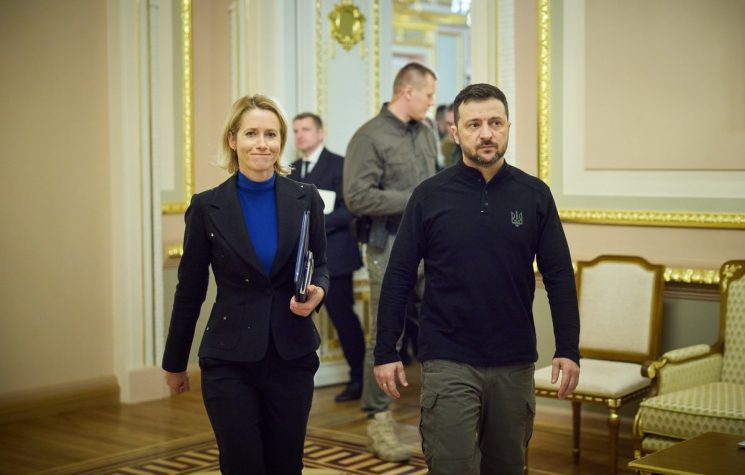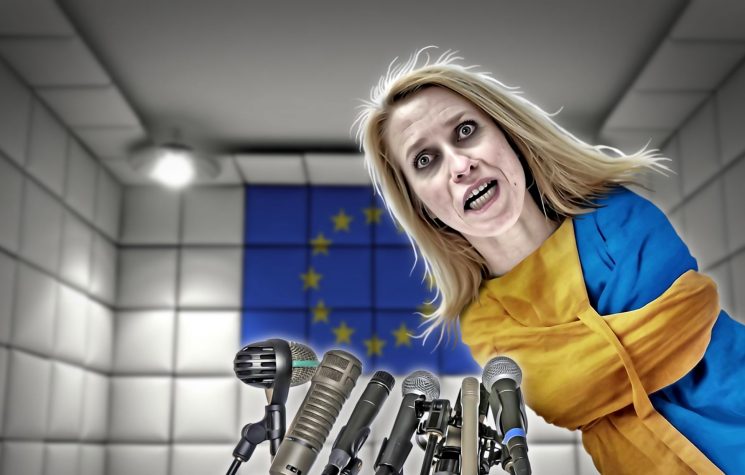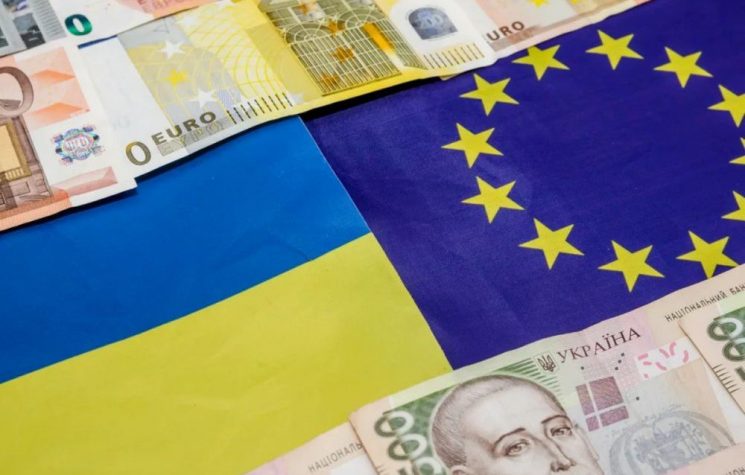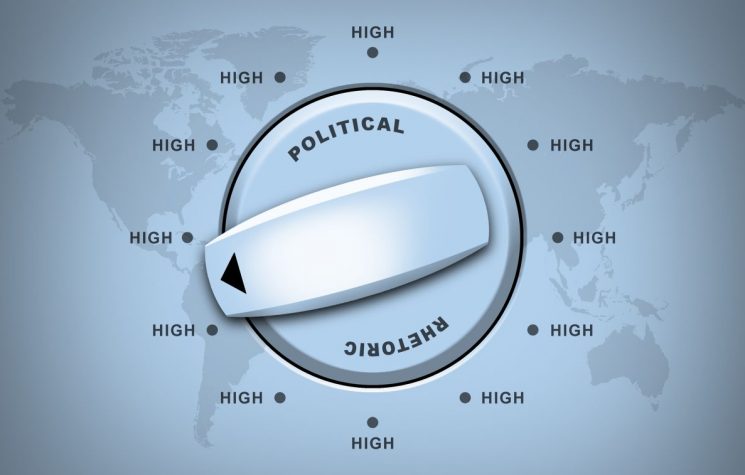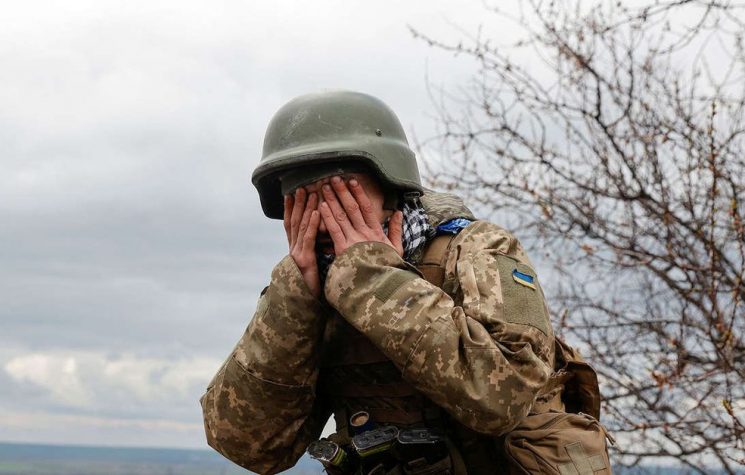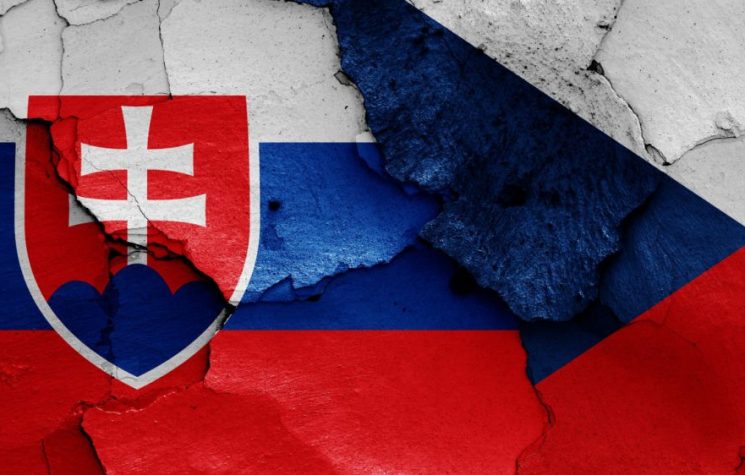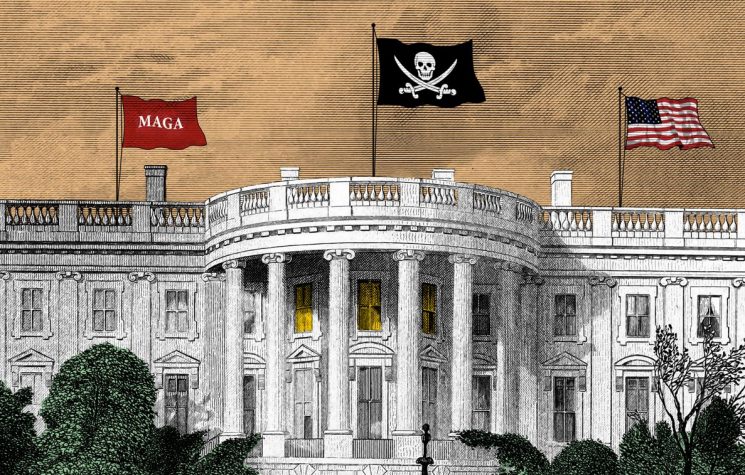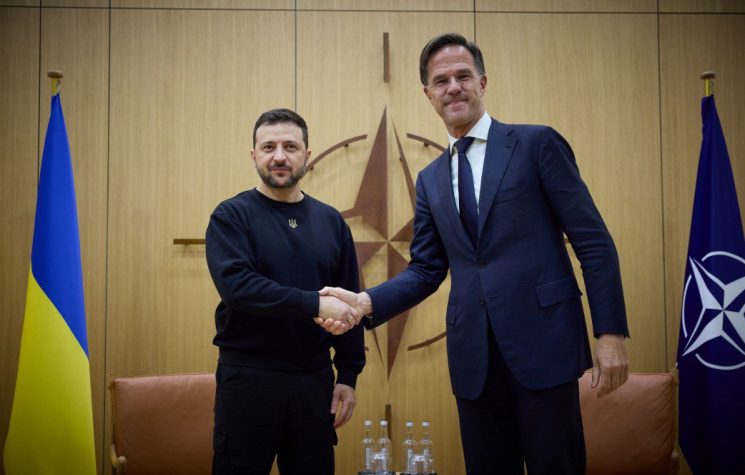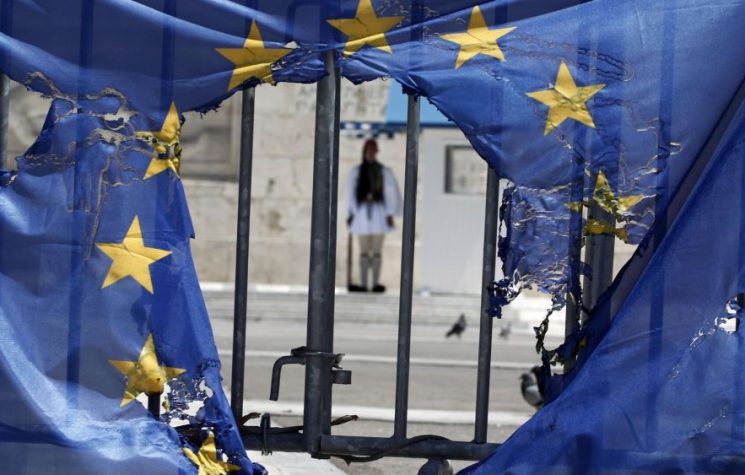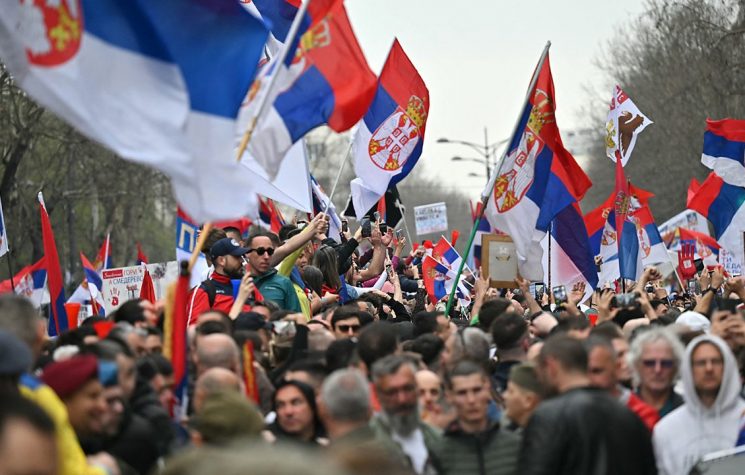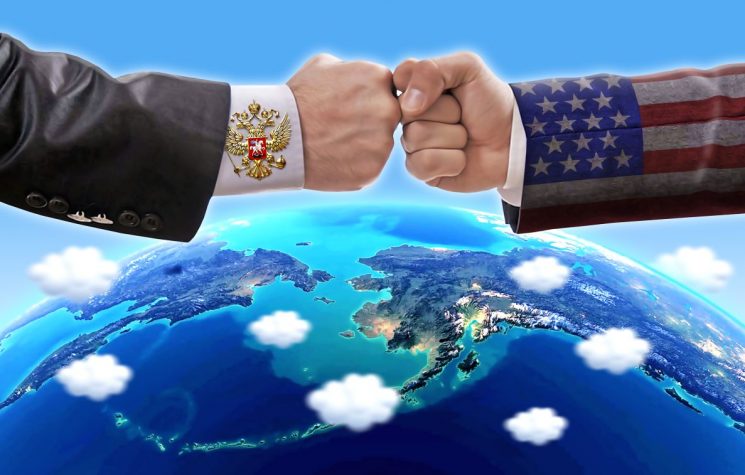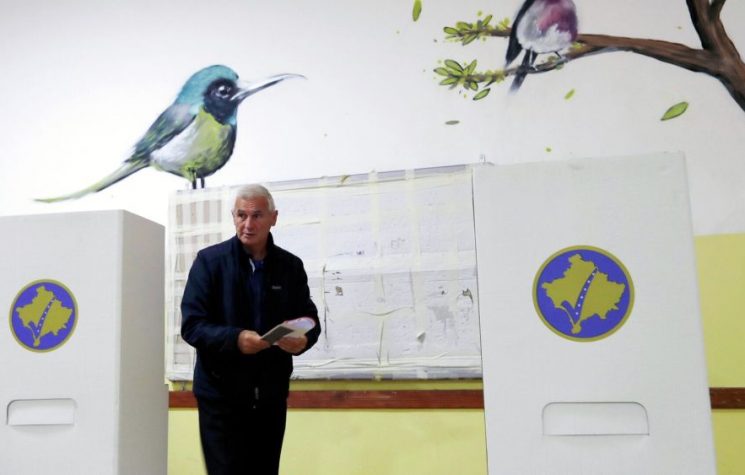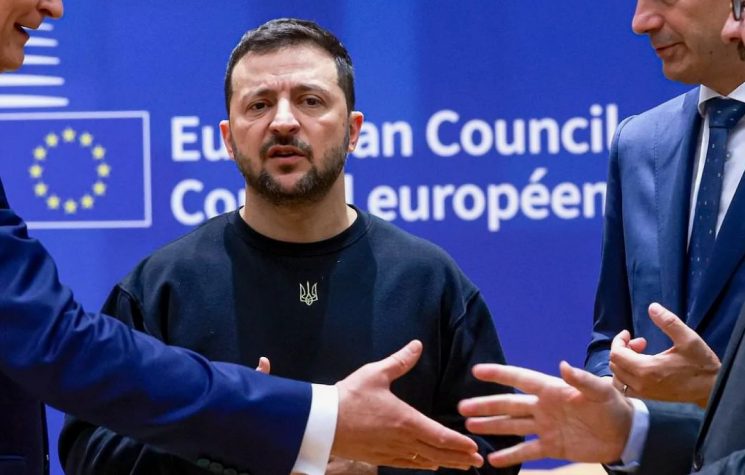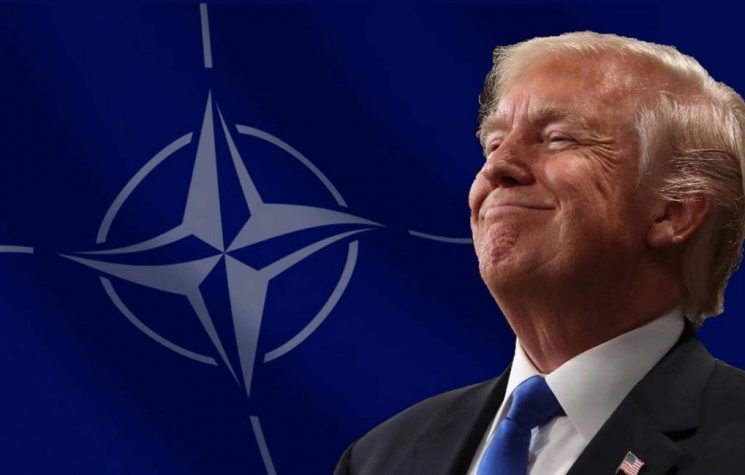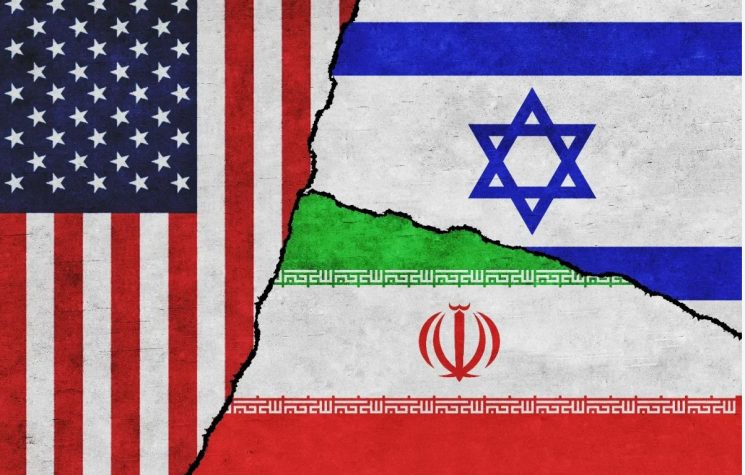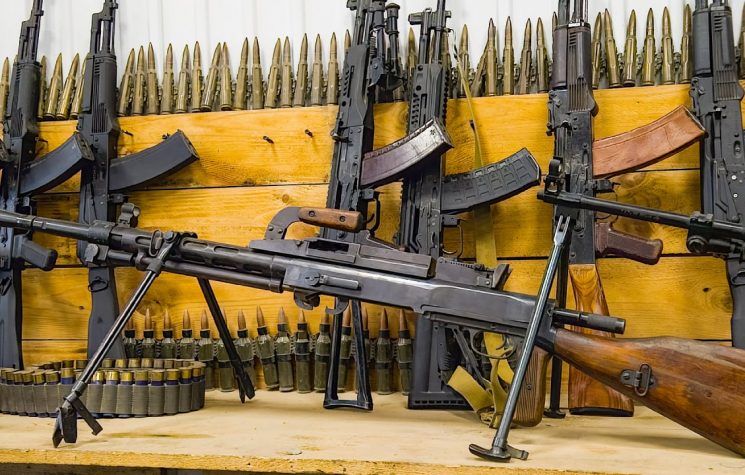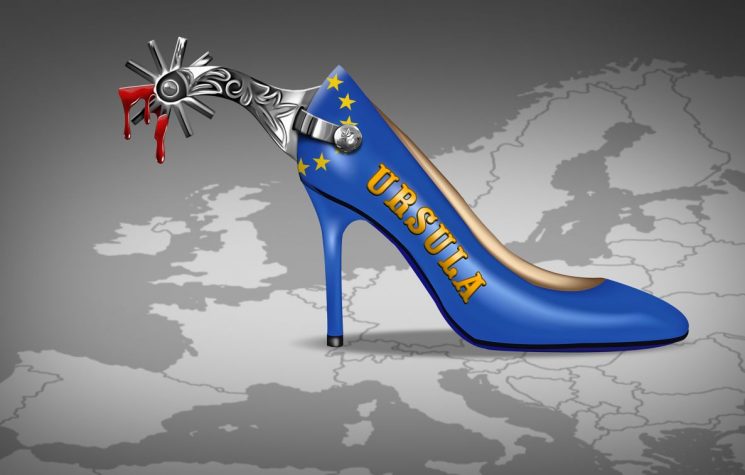Two key posts – in foreign and defense policy – reveal the militarist and anti-Russia direction of the European Union.
Contact us: info@strategic-culture.su
Two key posts – in foreign and defense policy – reveal the militarist and anti-Russia direction of the European Union.
Ursula Von der Leyen, the president of the European Commission – which works as the executive branch of the European Union – announced her new team of commissioners for the next five years.
Taking over as foreign affairs minister for the 27-nation bloc is Kaja Kallas who is a staunch Russophobe and vigorous supporter of Ukraine. Kallas has called for more EU and NATO military funding for Ukraine to “defeat Russia” and the break up of the Russian Federation.
The former Estonian prime minister has led the movement to destroy Soviet Red Army monuments across the Baltic states. (This is while her investor husband continues to profit from doing business with Russia.)
Working closely alongside Kallas will be another rabid Russophobe, the former Lithuanian prime minister Andrius Kubilius, who is taking up a newly created EU post as defense commissioner. The creation of that post is an alarming sign of how the EU bloc has transitioned from a trade and political union to a military organization.
But what’s even more alarming is the assigning of such an anti-Russia hawk as Kubilius to oversee military policy.
At a time when relations between the EU and Russia have become so fraught with tensions, the European bloc is giving politicians from hostile Baltic states a driving seat to push relations even further towards conflict.
Indeed, the first announcement Kubilius made as the prospective new defense commissioner was that the European Union would likely be at war with Russia in the next six to eight years. That assessment is shared by Kaja Kallas.
Kubilius said the sole focus during his tenure is ramping up military spending by the EU nations to boost NATO and aid Ukraine. He said that he will be working closely with foreign policy chief Kallas to tap funds.
What this means is that the European Union is moving towards making it mandatory for national budgets to allocate more to military procurement. That’s a breakthrough for all the worst reasons.
Kubilius is reportedly aiming for a budget of €500 billion over the next five years to be spent on the military by the EU.
That increase would represent about half of the projected EU total budget.
His comments indicate the purpose of the massive redirection of finances – to boost NATO. Kubilius noted that “the European Union has instruments to get larger financing, which NATO doesn’t.”
That implies that under his formulation and compulsory directives from Brussels, the EU will make it mandatory for member states to spend more on the military.
NATO and the EU have overlapping membership with 23 members of the EU’s 27 also being part of the U.S.-led military alliance. Non-NATO members are Austria, Cyprus, Malta, and Ireland.
NATO states are expected to spend a minimum of 2 percent of their GDP on military. That amounts to about $380 billion for European members of NATO in 2024. That is a huge increase compared with what was spent by these members only a few years ago. But what the NATO planners want is more and more going forward. The problem is locking that expenditure in.
The trouble for NATO planners is the 2 percent figure is not mandatory. It is subject to national policy. While most members of NATO are hitting that target currently, there is no guarantee it will continue. Changes in national governments might result in spending slipping back to former levels of 1-1.5 percent of GDP as was the case before the proxy war in Ukraine blew up in 2022.
What the NATO hawks in the EU desire most is to lock in military spending year-on-year. NATO does not have the legal means to enforce such a commitment as mandatory on its members. But the EU can do it through its supranational powers as served by centralized directives from Brussels.
The Baltic states of Estonia, Lithuania and Latvia have upped their military spending to nearly 3 percent of GDP when Kallas and Kubilius were in office.
Moreover, Kubilius has previously proposed that all EU members devote an extraordinary, additional 0.25 percent of their GDP to make mandatory military donations to Ukraine to “ensure victory over Russia”, amounting to €100 billion a year.
This is an astounding transformation of the European Union. The organization has its roots in the 1950s as a loose trade federation of Western European nations – principally France and the Federal Republic of Germany – which proclaimed that lessons of the Second World War had been learned and would never be repeated because of commitments to good neighborliness and commercial partnership. In its earlier incarnations, the European bloc sought out friendly relations with the Soviet Union, primarily with energy trade being a cornerstone of cooperation.
Since the supposed end of the Cold War in 1991, the EU has expanded in line with the expansion of NATO. Its powers have become evermore centralized and usurping national policy. A striking feature of both NATO and the EU is the hardening of Russophobic policy that has come with the leveraging of anti-Russia Baltic states. Historically, these states were virulent collaborators with Nazi Germany in its genocidal war against the Soviet Union. The Baltic states still harbor fascists who venerate the Third Reich. Hence, the destruction of Soviet-era war monuments and the rehabilitation of public displays commemorating Nazi collaborators.
NATO’s proxy war in Ukraine against Russia is the continuation of Western imperialist designs on subjugating Russian territory that was previously pursued by Nazi Germany.
The European Union has subverted its earlier ideals of pacifism and cooperation to become part of NATO’s war machine. Crucially, what the EU brings to the war machine is legalized enforced funding, even for nations that are not part of NATO.
Added to that is the EU is being directed by people who drool about war with Russia: Von der Leyen, the former German defense minister and descendant of Nazi ideologues, is aided and abetted by Kaja Kallas and Andrius Kubilius who cannot think of Russia without fantasizing about its “defeat”.
The Nazi specter is resurrected in NATO and its EU financial wing.










